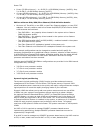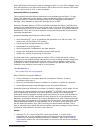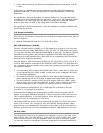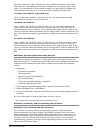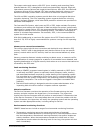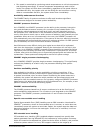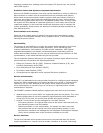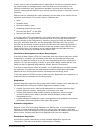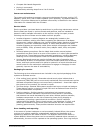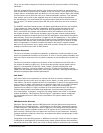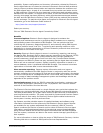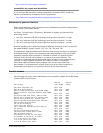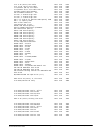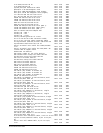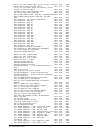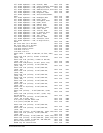
IBM Europe, Middle East, and Africa Hardware
Announcement ZG10-0214
IBM is a registered trademark of International Business Machines Corporation
16
• Compact disk-based diagnostics
• Keying in commands
• Interactively selecting steps from a list of choices
Concurrent maintenance
The system will continue to support concurrent maintenance of power, cooling, PCI
adapters, DASD, DVD, and firmware updates (when possible). The determination of
whether a firmware release can be updated concurrently is identified in the readme
information file released with the firmware.
Service labels
Service providers use these labels to assist them in performing maintenance actions.
Service labels are found in various formats and positions, and are intended to
transmit readily available information to the servicer during the repair process.
Following are some of these service labels and their purpose:
• Location diagrams: Location diagrams are strategically located on the
system hardware, relating information regarding the placement of hardware
components. Location diagrams may include location codes, drawings of physical
locations, concurrent maintenance status, or other data pertinent to a repair.
Location diagrams are especially useful when multiple components are installed
such as DIMMs, CPUs, processor books, fans, adapter cards, LEDs, and power
supplies.
• Remove/replace procedures: Service labels that contain remove/replace
procedures are often found on a cover of the system or in other spots accessible
to the servicer. These labels provide systematic procedures, including diagrams,
detailing how to remove/replace certain serviceable hardware components.
• Arrows: Numbered arrows are used to indicate the order of operation and
serviceability direction of components. Some serviceable parts such as latches,
levers, and touch points need to be pulled or pushed in a certain direction and
certain order for the mechanical mechanisms to engage or disengage. Arrows
generally improve the ease of serviceability.
Packaging for service
The following service enhancements are included in the physical packaging of the
systems to facilitate service:
• Color coding (touch points): Terracotta-colored touch points indicate that a
component (FRU/CRU) can be concurrently maintained. Blue-colored touch points
delineate components that are not concurrently maintained -- those that require
the system to be turned off for removal or repair.
• Tool-less design: Selected IBM systems support tool-less or simple tool designs.
These designs require no tools or simple tools such as flathead screw drivers to
service the hardware components.
• Positive retention: Positive retention mechanisms help to assure proper
connections between hardware components such as cables to connectors,
and between two cards that attach to each other. Without positive retention,
hardware components run the risk of becoming loose during shipping or
installation, preventing a good electrical connection. Positive retention
mechanisms like latches, levers, thumb-screws, pop Nylatches (U-clips), and
cables are included to help prevent loose connections and aid in installing
(seating) parts correctly. These positive retention items do not require tools.
Error handling and reporting
In the event of system hardware or environmentally induced failure, the system
runtime error capture capability systematically analyzes the hardware error
signature to determine the cause of failure. The analysis result will be stored in
system NVRAM. When the system can be successfully restarted either manually or
automatically, the error will be reported to the operating system. Error Log Analysis



